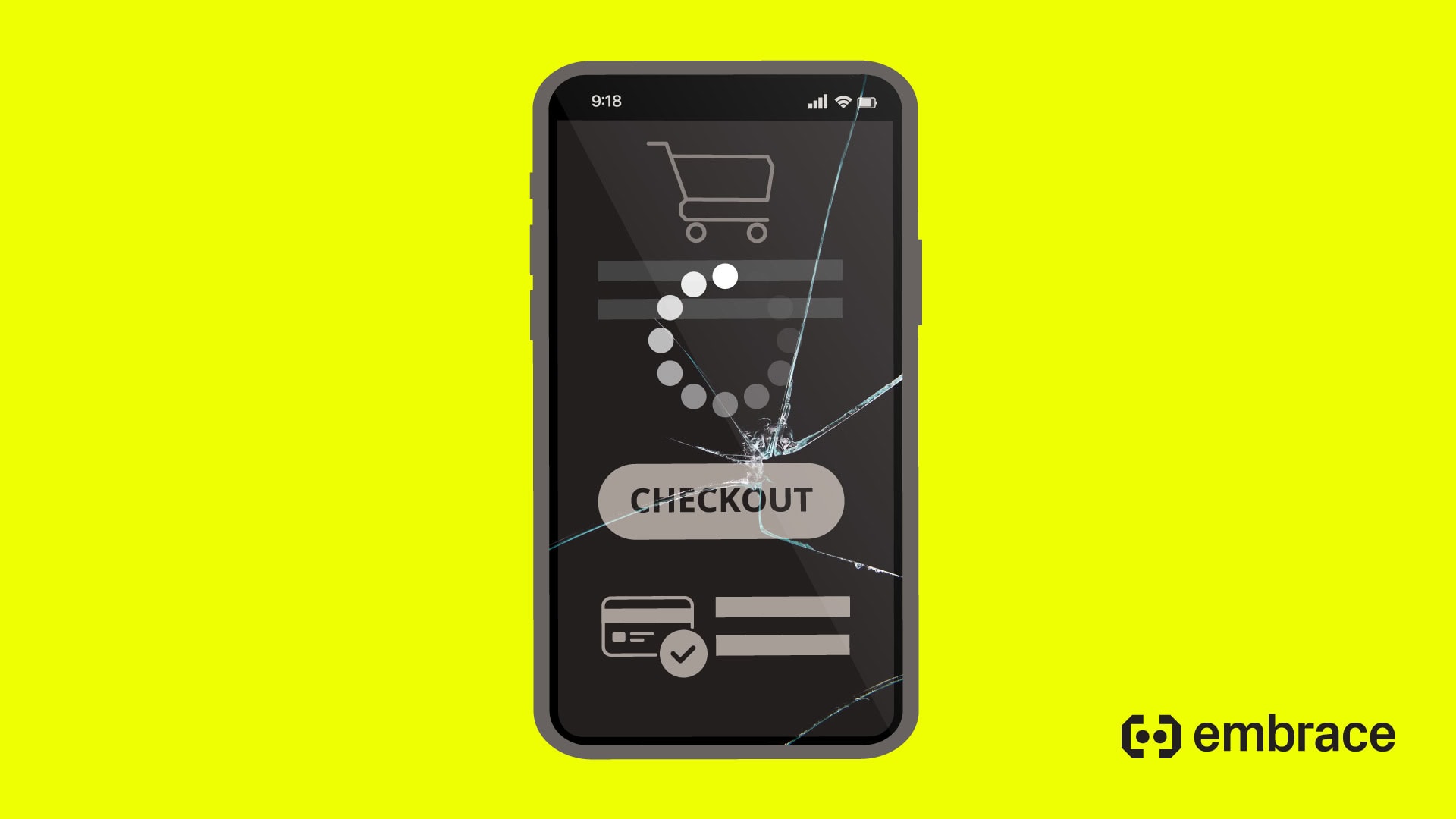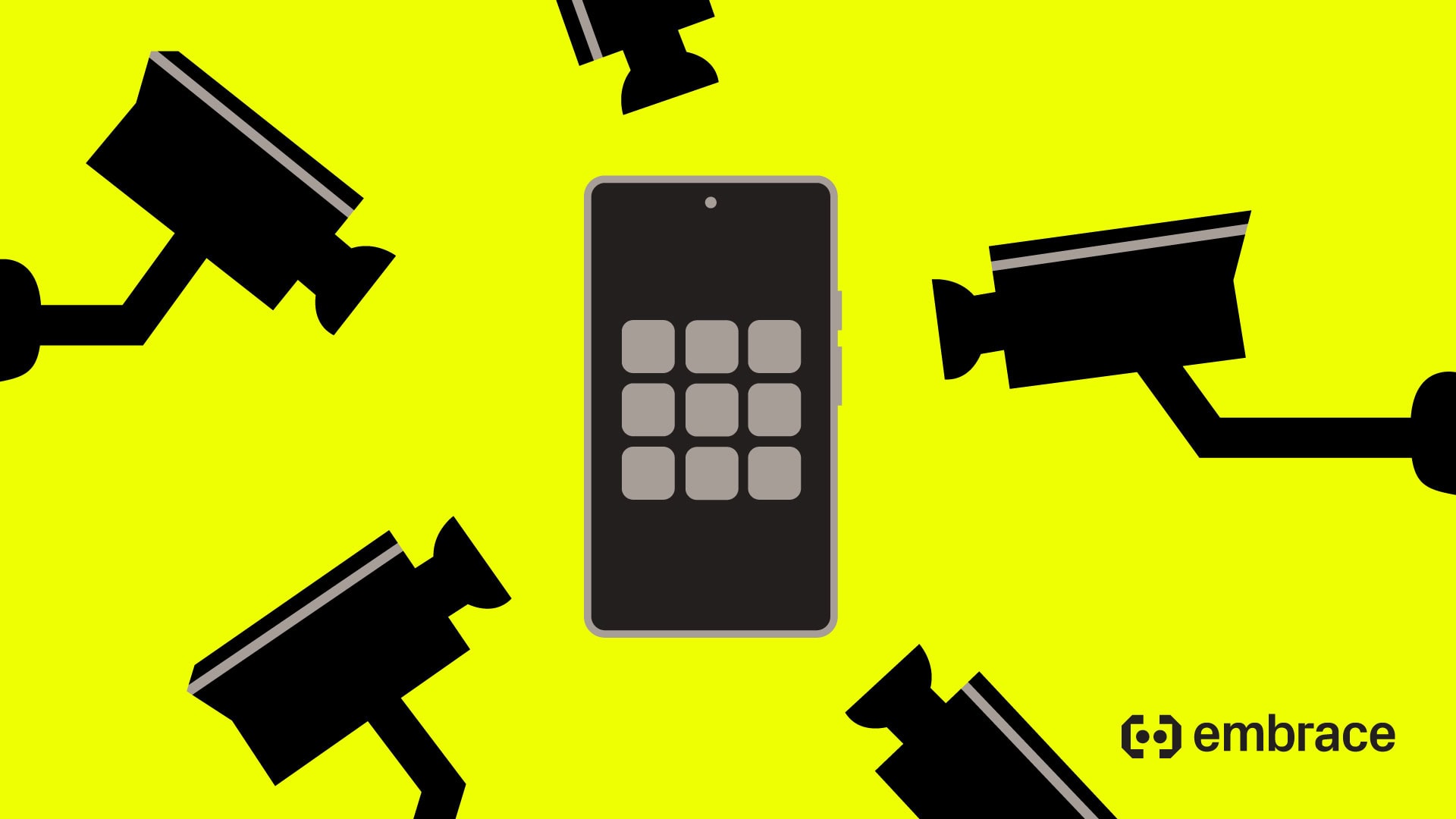
A bug bash is a crucial procedure where teams, including engineers, designers, project managers, and other testers, collaborate to uncover bugs in a mobile app before it’s released.
In this blog, we’ll dive into everything you should know about bug bashes including their significance, benefits, and how to perform one for a successful app release.



